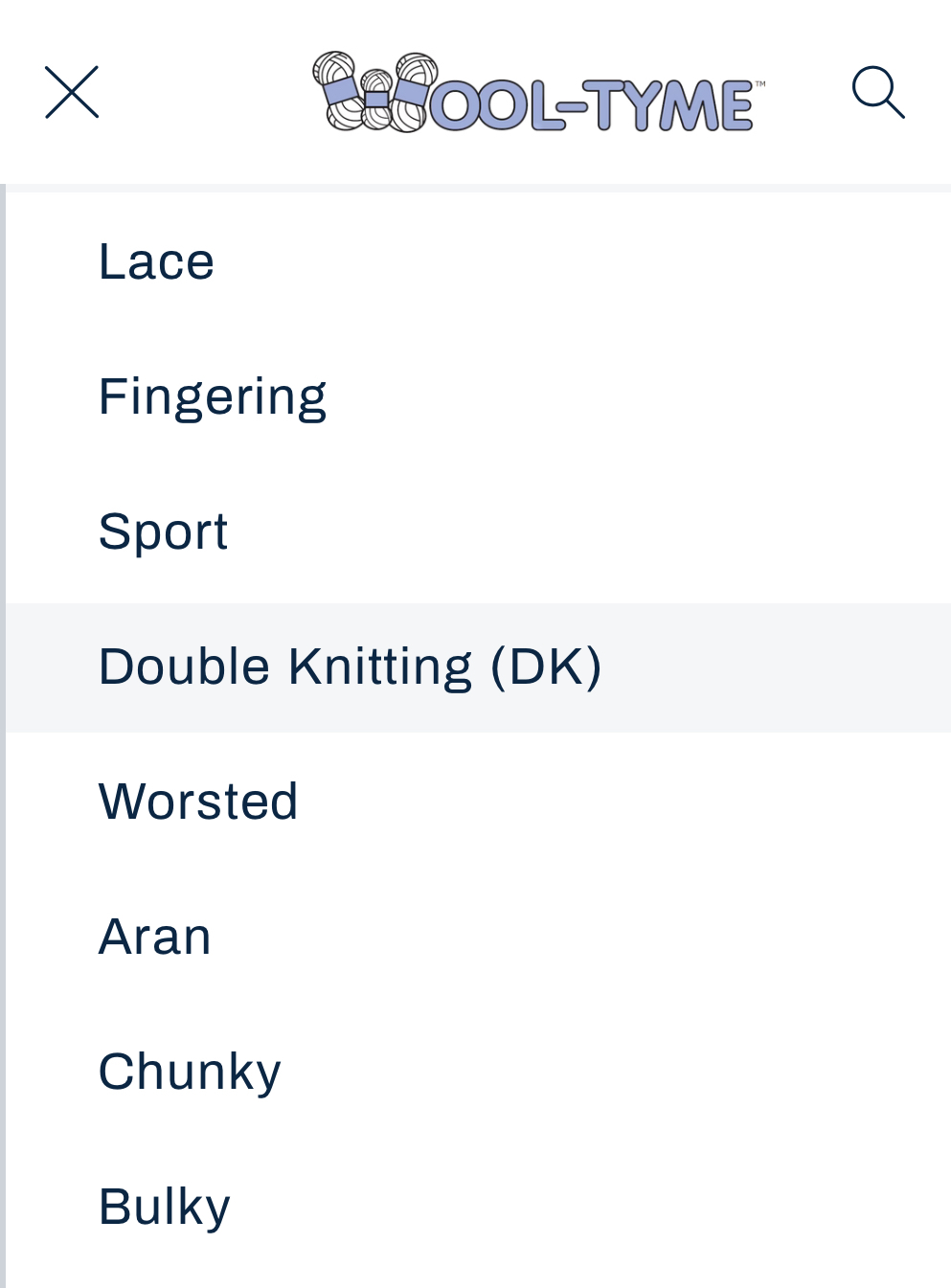Google is wrong. Aran is a thicker yarn on average. Worsted is between DK and Aran.
Here’s just the top of the yarn menu from Canada’s largest wool independent store. Wool-Tyme. As we get EU, and UK yarn as well as US, the full range is represented.

Suggest that the OP look through their sizes to see what UK yarns fall under ‘worsted.’

Yes, front side of the stiches only will make a significant difference, and a looser fabric.
But it’s also true that as we become more seasoned at crochet our tension will change. If you’re too tight or too loose, definitely do another test swatch with a different hook-size.
Last, while the measurements are for a 4x4” swatch, you really have to have a bigger square to get a true measurement of the tension. The edges do affect things. That’s why, I always go for a 6x6” swatch and measure inside of that.